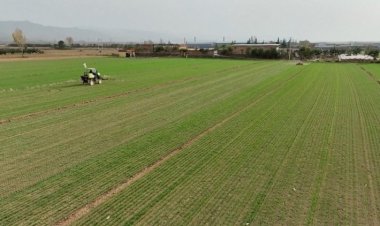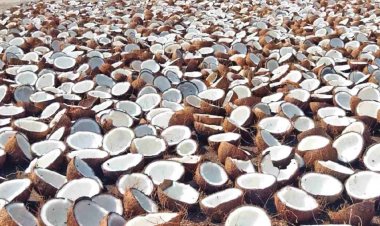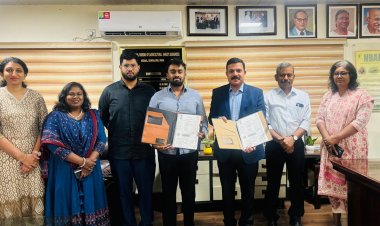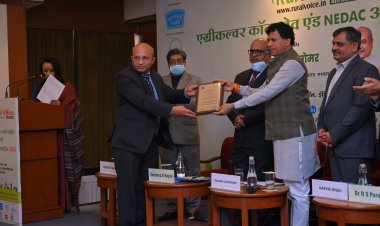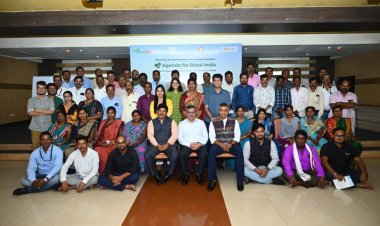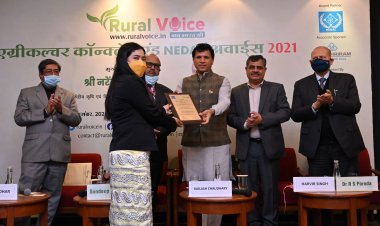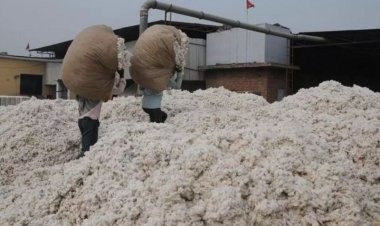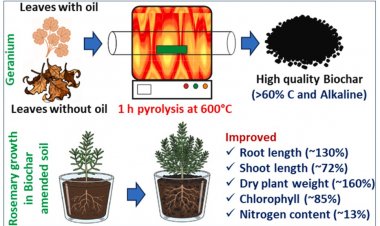Moong costs Rs 10k a quintal; gram, pigeon pea get costlier
The spectre of drop in pulse production was looming large because of less area under cultivation and 30 per cent less rainfall in August caused a further set back to the crops. Due to this, prices of pulses have started rising. While the price of moong has increased to Rs 10,000 per quintal in agricultural produce markets, gram has crossed the level of Rs 8,000 and arhar has crossed the level of Rs 16,000 per quintal.
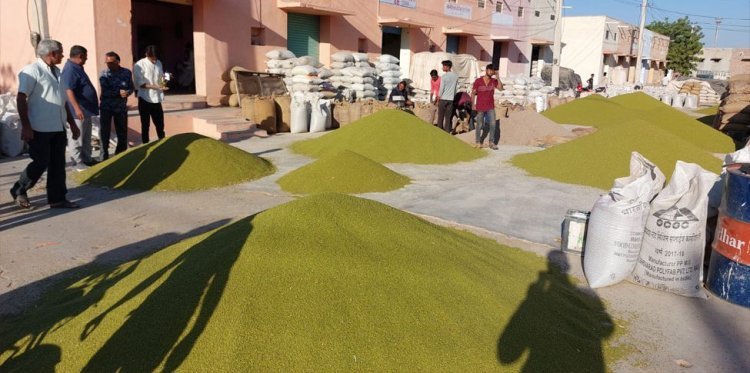
The specter of drop in pulse production was looming large because of less area under cultivation and 30 per cent less rainfall in August caused a further setback to the crops. Due to this, prices of pulses have started rising. While the price of moong has increased to Rs 10,000 per quintal in agricultural produce markets, gram has crossed the level of Rs 8,000 and arhar has crossed the level of Rs 16,000 per quintal.
The arrival of new moong crop has started in the agricultural produce markets. On September 2, the price of moong reached Rs 10,000 per quintal in Merta Mandi of Nagaur district in Rajasthan. The price in Nagaur agricultural produce market also reached Rs 9,775. After about eight years, the price of moong has crossed the Rs 9,000-mark. For the Kharif marketing season 2023-24, the government has increased the minimum support price (MSP) of moong to Rs 8,558 per quintal from Rs 7,755 per quintal last year.
The reason for the increase in the price of moong is the failure of the crop due to less rain in August. Monsoon rains across the country in August have been about 36 per cent less than normal. August has received the least rainfall in the last several decades. Rajasthan is also not untouched by this phenomenon. Moong crop has been lost due to high temperature. According to an estimate, around 40-50 per cent of the crops in Rajasthan have been damaged due to excessive heat.
Moong crop is ready in a short period of 50-60 days. The plants are sensitive and cannot withstand too much heat or too much rain. This is the reason why very less rainfall in August has affected the crops. The best quality moong is produced in Nagaur. Due to the shine on Nagauri Moong, it is very much liked. Due to more than normal rainfall in Rajasthan just before and at the beginning of monsoon, the area under sowing of moong had increased.
Moong is sown in more than 12 lakh hectare area in the state, out of which in Nagaur district alone, moong was sown in more than 6.26 lakh hectare area this year. Due to an increase in acreage, bumper production was being predicted but drought-like situation in August has dashed all hopes. The effect of decreased production is now clearly visible on the prices, and the possibility of further rise in prices in the coming days cannot be ruled out.
Apart from moong, the government has also increased the MSP of arhar and urad significantly for the Kharif marketing season 2023-24. The MSP of urad has been increased by Rs 350 to Rs 6,950 per quintal and that of arhar has been increased by Rs 400 to Rs 7,000 per quintal.
Despite this, the total sowing of pulses crops has decreased by about 11 lakh hectares in the Kharif season. According to the data of the Union Ministry of Agriculture and Farmers Welfare, the total sowing area of pulse crops till September 1 has decreased from 130.13 lakh hectares last year to 119.09 lakh hectares now.
There has been a decrease of 2.59 lakh hectares in the sowing of moong. It has been 30.98 lakh hectares at present against last year's 33.57 lakh hectares. Similarly, the sowing of urad has decreased by 4.97 lakh hectares to 31.68 lakh hectares. Last year, urad was sown in 36.65 lakh hectares. Arhar sowing area has also come down from 45.27 lakh hectares to 42.66 lakh hectares.



 Join the RuralVoice whatsapp group
Join the RuralVoice whatsapp group



















